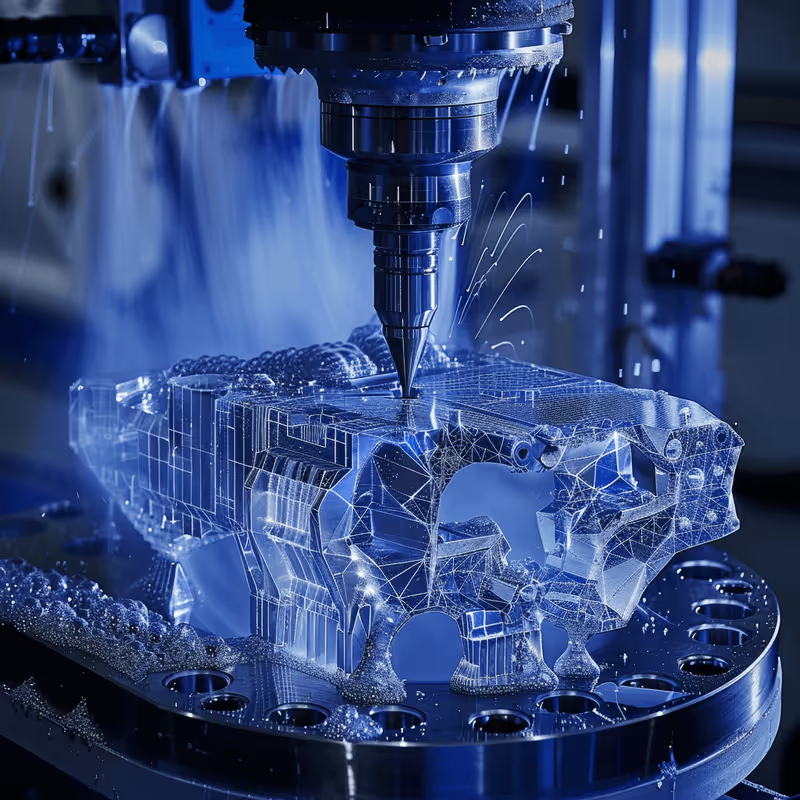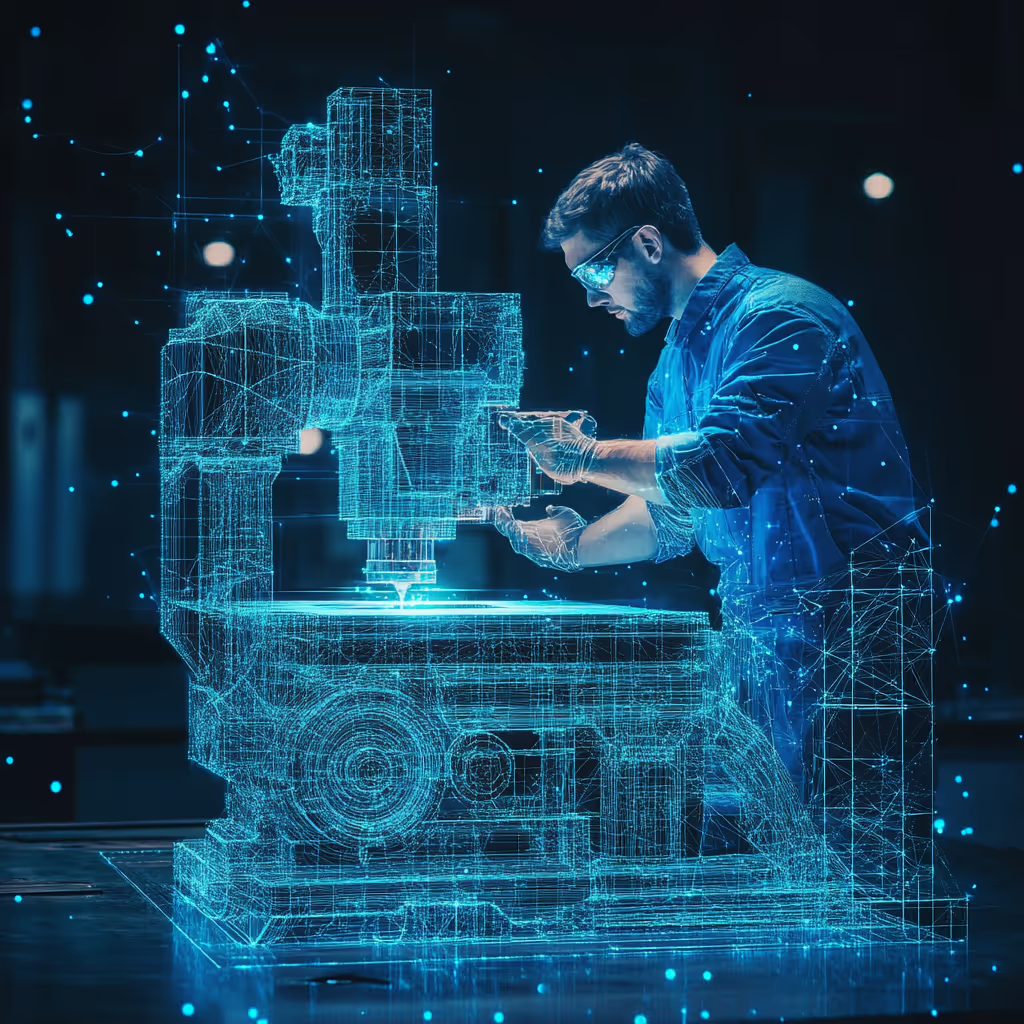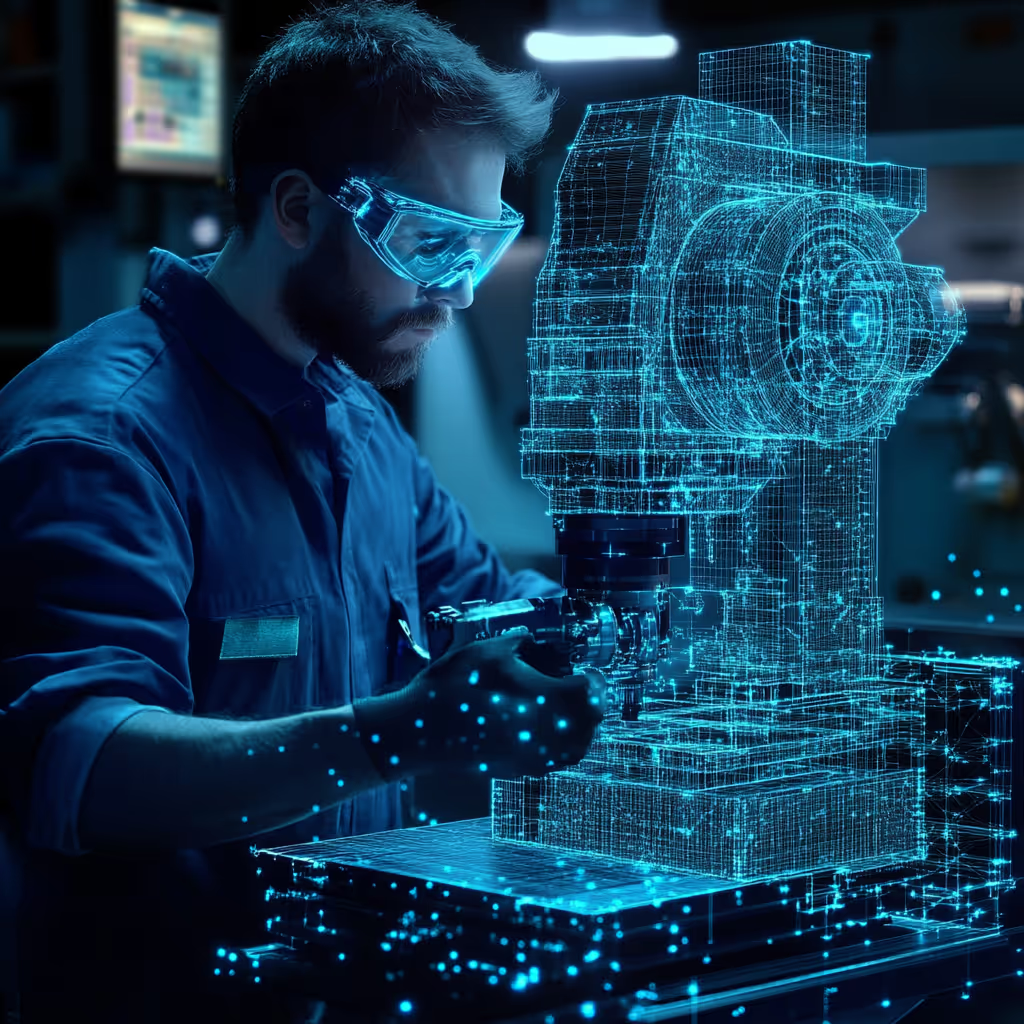3D Scanning for Engineering CNC Applications

Creating 2D manufacturing drawings for CNC-machined parts isn’t as easy as you might think. It becomes even more difficult if you have to reverse-engineer an existing part. You could easily spend days or weeks going through a manual reverse-engineering process, making the drawings, and then finalizing everything.
Instead, you could streamline the whole process with 3D scanning. Our 3D Scanning for engineering CNC applications will save you time and take all the headaches out of reverse engineering. Instead of measuring, drawing, using CAD, and hoping for the best, allow our team to utilize our high-tech 3D scanners to do the full process without ever touching a tape measure or calipers.


.png)



